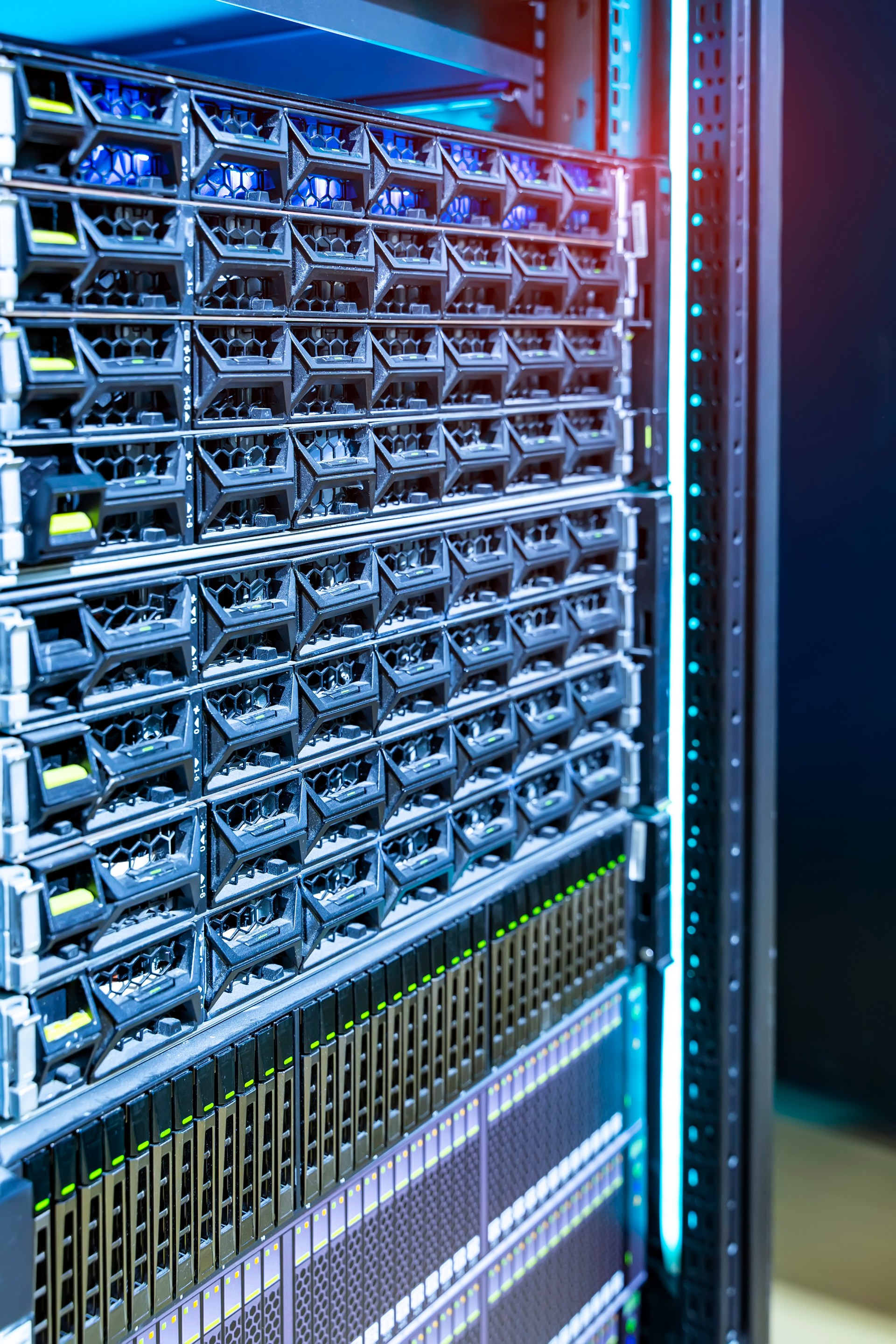

Storage area network (SAN) storage is a specialized network designed to allow multiple servers to access a shared pool of storage resources. It, therefore, provides fast and efficient access to data. This article will explain the key components, benefits, challenges, and use cases of SAN storage.
SAN storage is a high-speed network that provides block-level access to data storage. It connects servers to storage devices through a dedicated storage infrastructure. This is kept separate from the local area network (LAN). In a SAN, multiple servers can access a shared pool of storage resources, providing a centralized location for data storage and retrieval.
A SAN storage system typically consists of servers, switches, host bus adapters (HBAs), storage devices, and storage arrays. The servers connect to the storage devices through the switches using HBAs, which act as interface controllers. The storage devices are usually disks but may be tapes.
SAN storage provides numerous benefits to organizations of all sizes. Here are five of the main ones.
SAN storage provides centralized and highly available storage resources, ensuring that critical data is always accessible. In a SAN, multiple servers can access a shared pool of storage resources, reducing the risk of data loss due to hardware failures. This makes SAN storage an ideal solution for organizations that require 24/7 access to their data.
In a SAN, servers access data as if it were local storage. This reduces the risk of performance bottlenecks and hence delivers consistently fast and reliable data retrieval. SAN storage is therefore ideal for the demanding applications used in modern businesses.
SAN storage is highly scalable, making it possible for organizations to add or remove storage capacity as their needs change. This allows organizations to keep pace with the growing demand for data storage without incurring additional costs.
Additionally, SAN storage supports various data storage protocols, including Fibre Channel, iSCSI, and FCoE. This makes it easier for organizations to choose the best protocol for their specific needs.
SAN storage provides a centralized management console that makes it easy to manage and monitor storage resources. This reduces the time and effort required to manage storage, allowing IT administrators to focus on other important tasks.
SAN storage provides robust disaster recovery and business continuity solutions, ensuring that critical data is protected in the event of a disaster. With SAN storage, organizations can create disaster recovery plans that include replication, snapshots, and backups, providing peace of mind and reducing the risk of data loss.
SAN storage provides numerous benefits, but it also comes with its own set of challenges. Here are the key ones you should consider.
SAN storage can be expensive, both in terms of the initial investment and the ongoing maintenance costs. The cost of SAN storage includes hardware, software, licensing fees, and staffing costs, making it a significant investment for organizations.
SAN storage can be complex to set up and manage, especially for organizations that are not familiar with this technology. Setting up a SAN requires specialized knowledge and expertise, and ongoing management requires a dedicated team of IT professionals.
Integrating SAN storage with existing infrastructure can be a challenge, especially for organizations that have a mix of different storage solutions. This requires careful planning and coordination to ensure seamless integration and avoid potential compatibility issues.
SAN storage requires ongoing maintenance and upgrades to ensure its performance and reliability. This includes tasks like software upgrades, hardware replacements, and capacity planning, which can be time-consuming and complex.
Here are the current main use cases for SAN storage.
SAN storage is commonly used in virtualization environments to provide fast and reliable storage for virtual machines. SAN storage provides centralized storage resources, which makes it easier to manage virtual machine storage and improve performance.
SAN storage is an ideal solution for database management, providing fast and reliable access to data that is critical to business operations. With SAN storage, organizations can ensure that their databases are highly available, even in the event of a disaster.
SAN storage is often used in cloud computing environments to provide centralized storage for cloud-based applications and services. With SAN storage, organizations can ensure that their data is stored securely and can be easily accessed from anywhere, at any time.
SAN storage is commonly used for backup and recovery solutions, providing centralized storage for backup data and ensuring that critical data is protected. With SAN storage, organizations can create robust disaster recovery plans that include replication, snapshots, and backups.
SAN storage is ideal for video and media streaming applications. It provides fast and reliable access to large amounts of data. With SAN storage, organizations can ensure that their video and media content is delivered to users quickly and seamlessly.

Discover the DataBank Difference today:
Hybrid infrastructure solutions with boundless edge reach and a human touch.